Indians are Consciously Opting for Eco-Friendly Clay Idols During Ganesh Chaturthi
Eco-Friendly Ganesha Idols during Ganesh Chaturthi is moving a step towards environmental consciousness and sustainability.
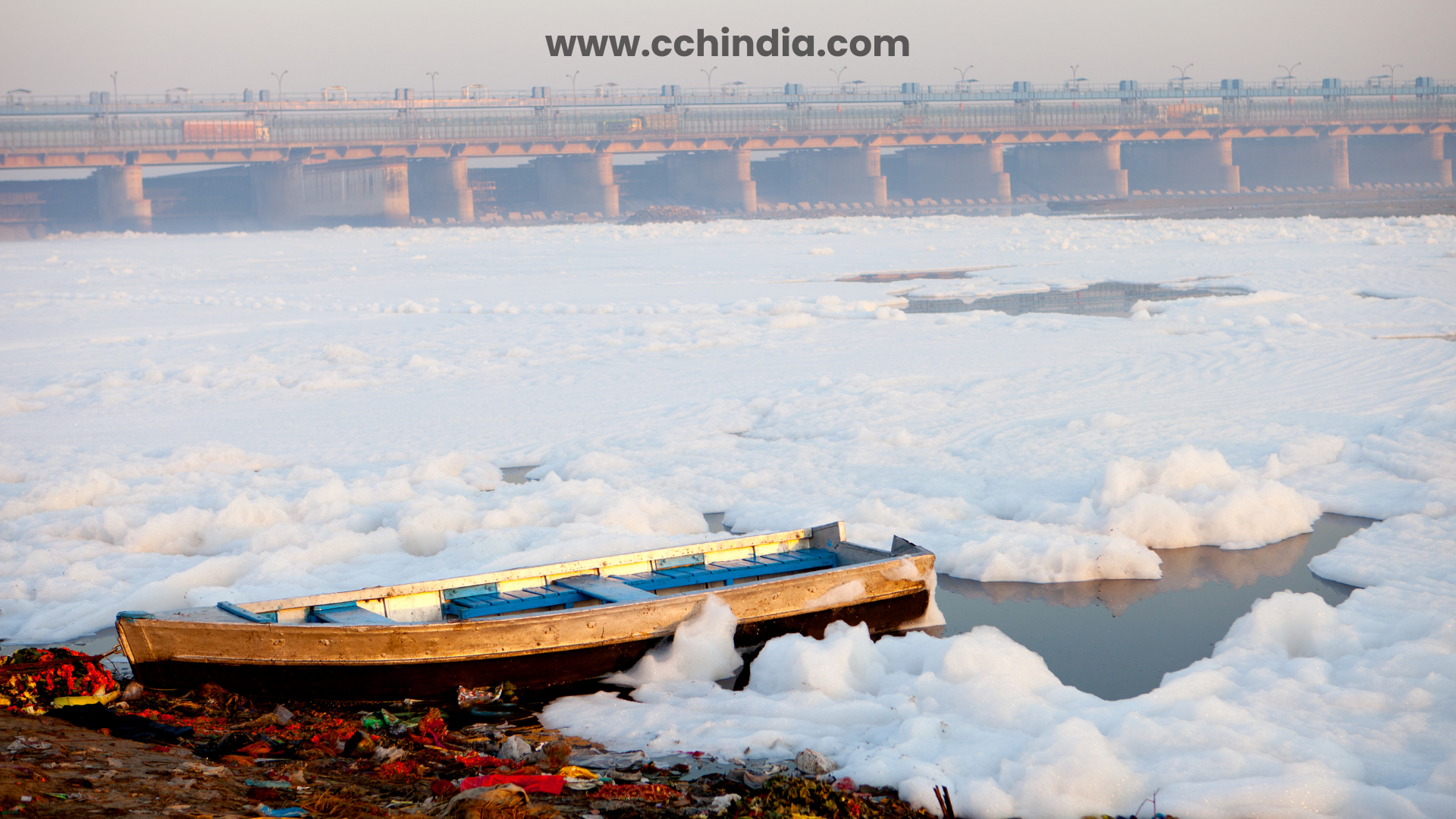
A raw, personal take on Delhi and Centre’s initiatives to clean the Yamuna — STPs, e-flow, surveys, and the real challenges Delhiites see every day.
Every time I pass the Yamuna, I end up staring down at the water. Or, let’s be real, at the froth pretending to be water. And recently, I’ve been hearing more “big plans” about fixing it — not just from Delhi’s government, but even from Amit Shah, the Union Home Minister. He chaired this high-level meeting in Delhi a few weeks ago, talking about Yamuna’s rejuvenation.
The points sound good on paper: raise sewage treatment plant (STP) capacity to 1500 MGD by 2028, ensure third-party testing of STP outflow (finally, some accountability!), and even release treated water from Okhla downstream to make the river at least look alive again. Honestly, it all sounds promising — but then again, we’ve heard promises before.
Table of contents [Show]
So here’s the gist. At the meeting, there was a lot of emphasis on two drains — Najafgarh and Shahdara — the usual suspects dumping half the filth. Shah even suggested drone surveys of these drains to keep track. Smart move, but I wonder: will those drones just film the mess, or will someone actually fix it?
He also mentioned increasing “e-flow” in the Yamuna. Basically, letting more natural water flow in, instead of the trickle we see when the river enters Delhi. Sounds simple, right? But it means negotiating with states like Uttar Pradesh to release more water. And you know how inter-state water issues go — lots of talk, little action.
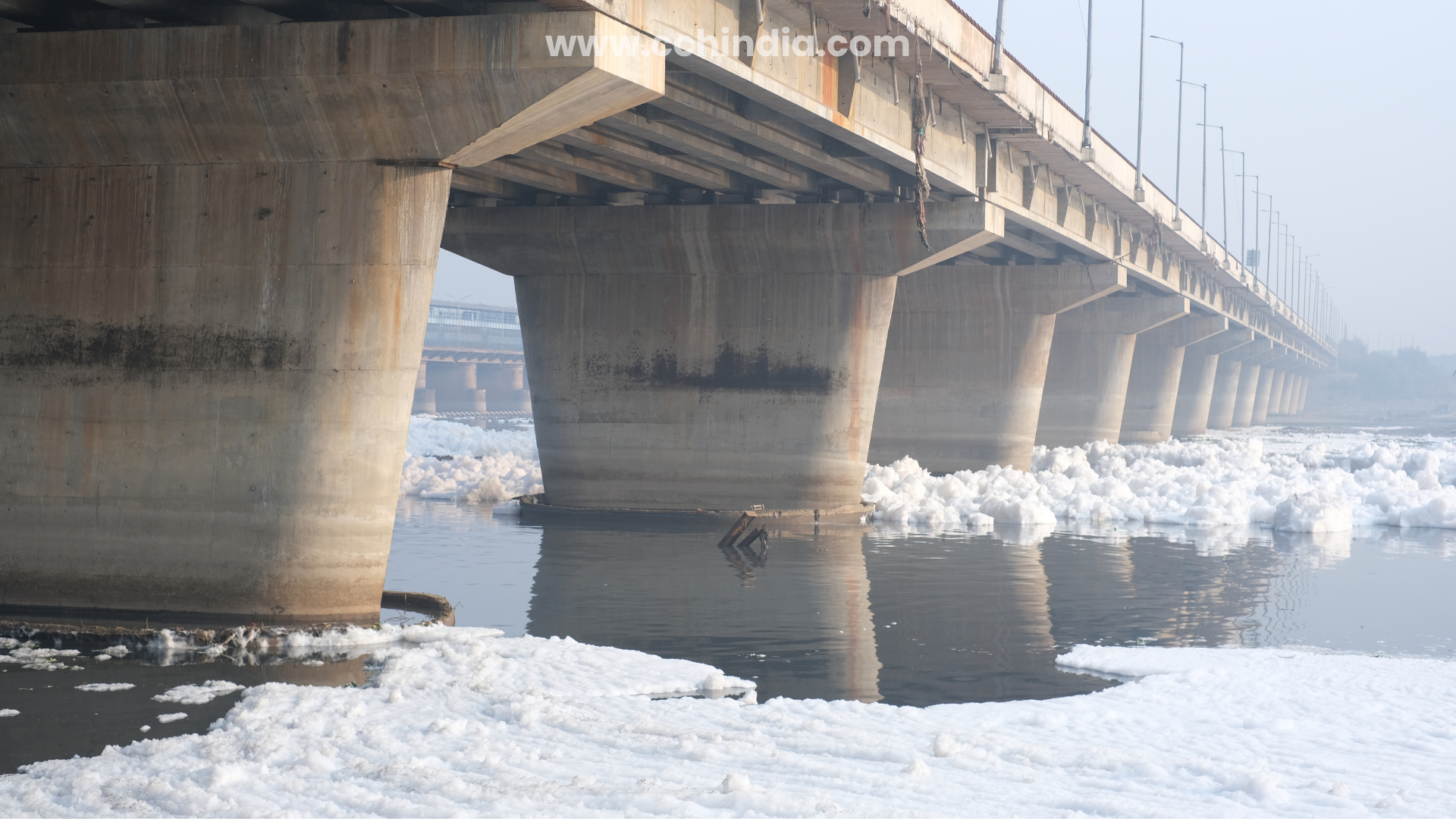
While all this high-level planning is happening, let’s talk about what we actually see. You drive near ITO bridge — thick foam, stench, and black water. Every monsoon, drains overflow and whatever’s untreated just dives straight into the Yamuna.
Amit Shah did say something about a “detailed survey” of Delhi households for water supply. That caught my ear. Because, let’s be honest, half the city still struggles for proper connections. Borewells everywhere, water tankers making rounds — and the Jal Board never really has a full picture. If they get this survey right, maybe there’s hope for a long-term fix.
Now, here’s a bit most people don’t even think about — dairies and cow shelters. Yes, even they’re part of the Yamuna mess. Waste from unauthorized dairies flows straight into drains. The plan is to involve NDDB (National Dairy Development Board) to handle this. On paper, it makes sense. But in practice? Try telling a small dairy owner to suddenly invest in waste management — not so easy.
I’ve lived in Delhi long enough to know that every few years, we get a “new deadline.” First it was 2017, then 2025, now 2028. Honestly, how many more extensions can we wait for?
But here’s the thing — if even half of what was discussed in that meeting actually happens (STP upgrades, e-flow, Okhla water release, dairy waste management, surveys, DPCC in action mode), we might genuinely see a cleaner Yamuna in our lifetime. And I’m not saying crystal-clear waters you can swim in. Just a river that doesn’t smell like a chemical lab. That would be enough of a win.
Walking along Yamuna Bazaar once, I saw kids painting murals — “Save Yamuna, Save Delhi.” That stayed with me. The government, Centre or state, can hold as many review meetings as they want. But at the end of the day, the river won’t revive unless every plan actually leaves the conference room and hits the ground.
Because for now, Yamuna is surviving on hope, not on clean water. And hope alone isn’t enough.
India’s Pollution Problems – Important to Tackle for a Viksit Bharat 2047
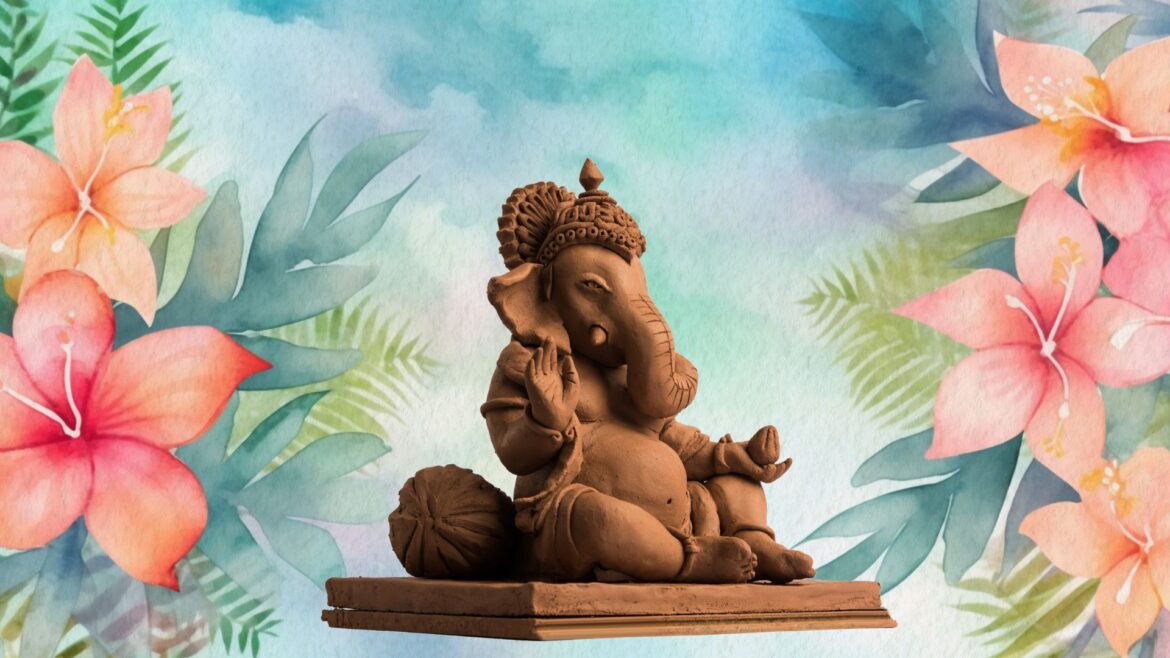
Eco-Friendly Ganesha Idols during Ganesh Chaturthi is moving a step towards environmental consciousness and sustainability.

"Pro-planet people" are individuals who actively adopt and promote a lifestyle that is sustainable and in harmony with the environment.
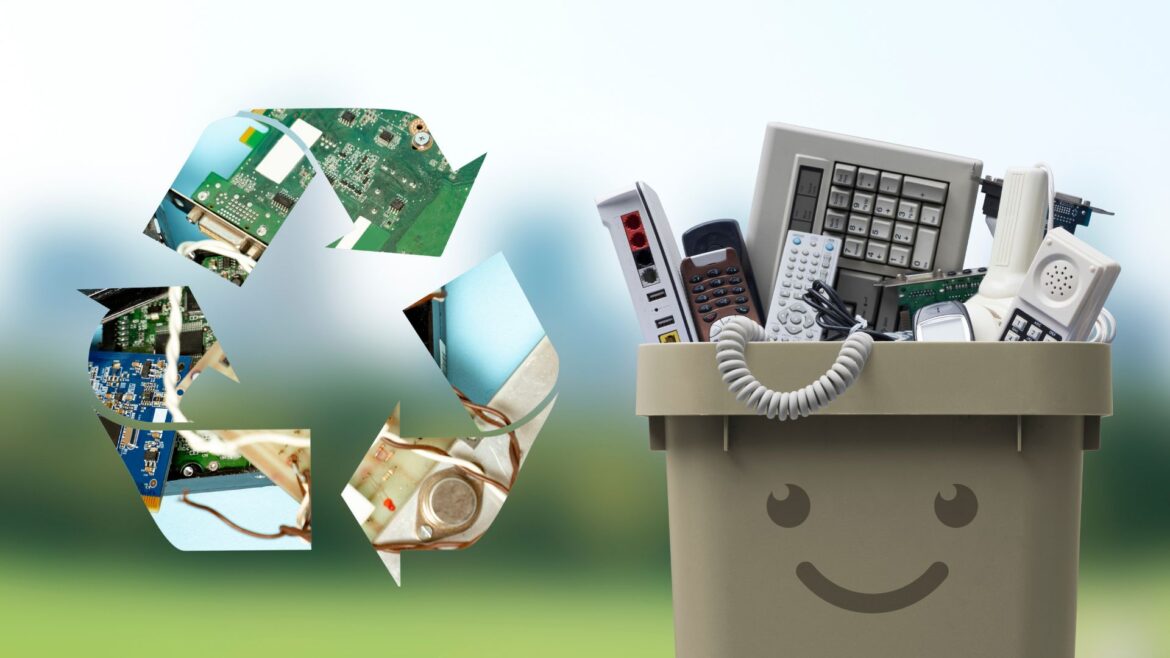
In India, Central Pollution Control Board, under the Ministry of Environment, Forest and Climate is responsible devising and implementing rules and regulations to manage, reduce and recycle electrical and electronic waste in the country.
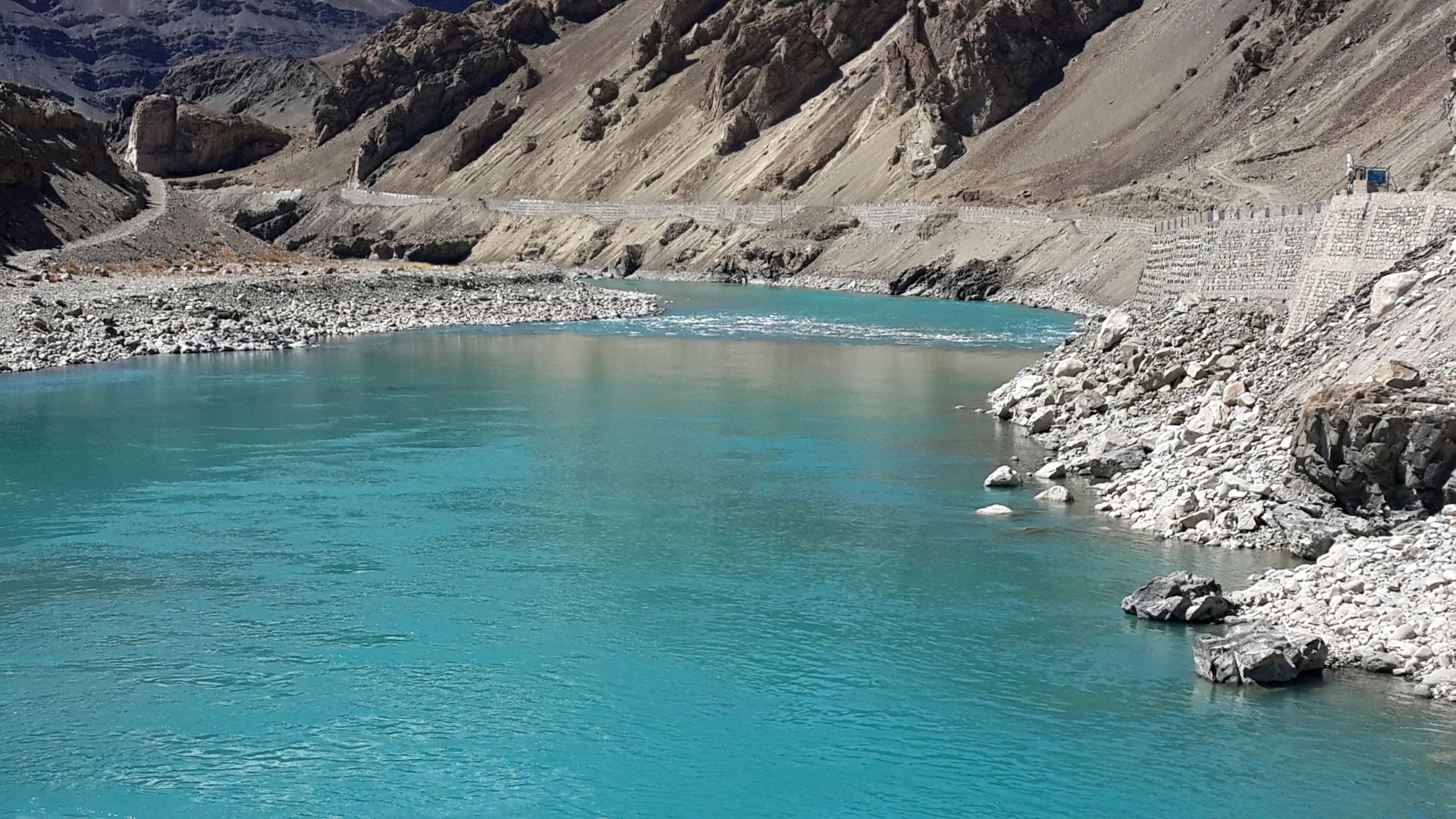
India is blessed with rich water resources. 45,000 km of rich river systems flow through its vast landscape making the land fertile. Amongst its river systems, Indus river basin holds an extraordinary historical, geographical and politically strategic significance.

